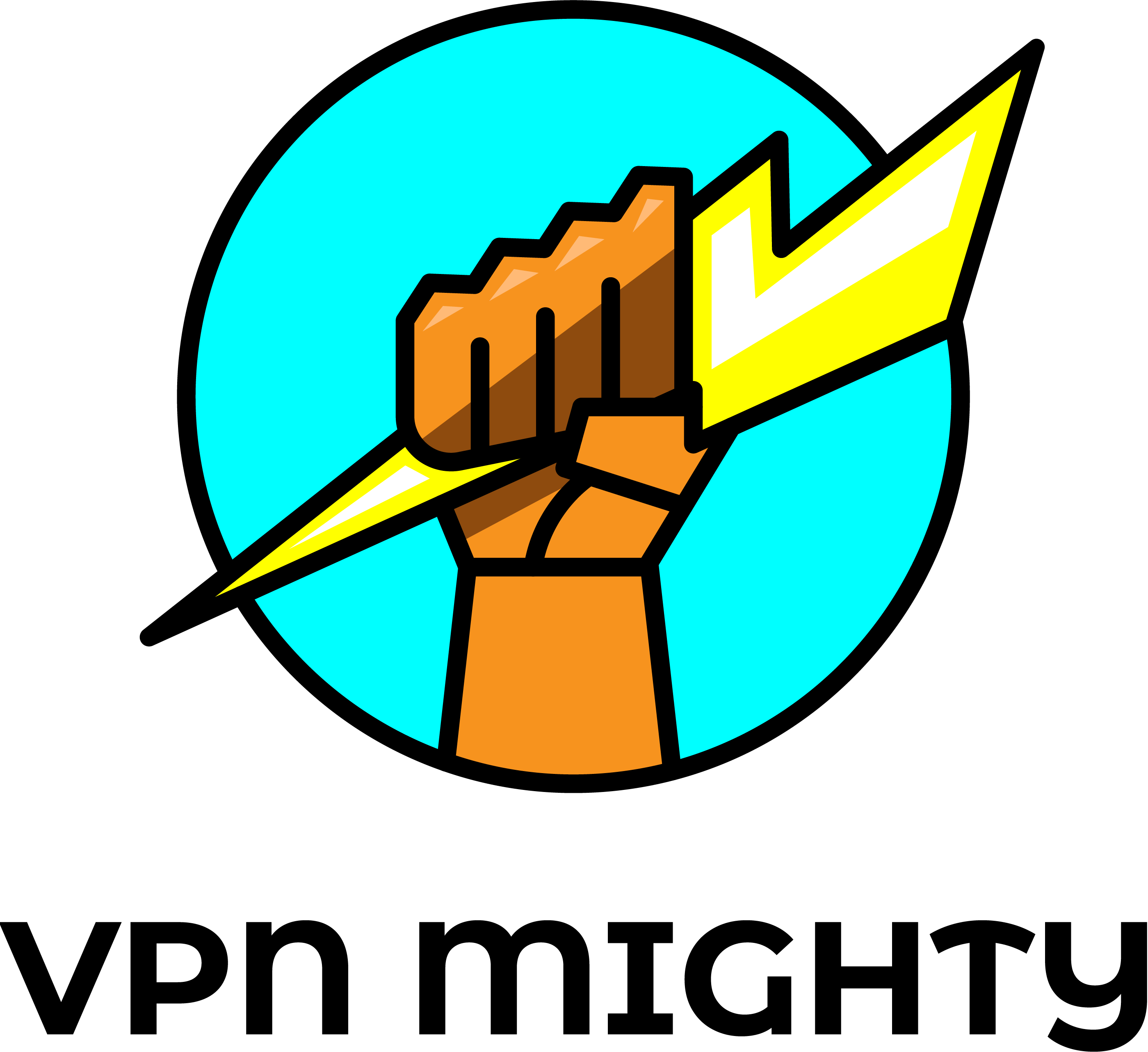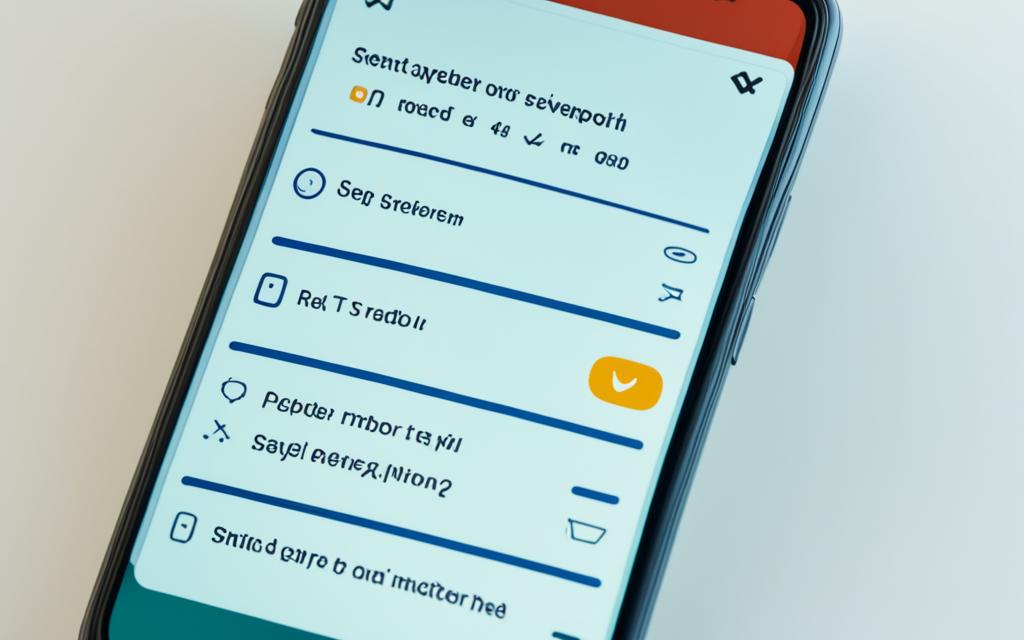What is Blockchain and How Does it Works For Beginners
What is Blockchain and How Does it Works For Beginners – Discover the power of blockchain technology and unravel the mysteries behind its functionality. Explore this comprehensive guide to understand “what is blockchain technology and how does it work.”
In the digital age, blockchain technology has emerged as a groundbreaking innovation that promises to reshape industries and redefine the way we conduct transactions.
This article delves into the intricacies of blockchain, answering the fundamental question: What is blockchain technology, and how does it work?
Blockchain is not just about cryptocurrencies; it’s a transformative force with a myriad of applications across various sectors. This article aims to demystify blockchain, providing you with insights and understanding that can empower you to harness its potential.
What Is Blockchain Technology?
Blockchain is a distributed ledger technology that operates on a principle of decentralization. Unlike traditional centralized systems where a single entity controls the data, blockchain relies on a network of nodes, ensuring transparency and security. This decentralized structure is the bedrock of blockchain’s resilience.
Security at Its Core
One of the key features of blockchain is its robust security. Data stored on a blockchain is encrypted and linked together in blocks. Each block contains a cryptographic hash of the previous one, creating a chain. This makes altering or tampering with data nearly impossible, ensuring data integrity.
Immutable Transactions
Blockchain transactions are immutable, meaning once recorded, they cannot be altered or deleted. This feature provides an unchangeable history of transactions, enhancing trust in the system.
Smart Contracts
Smart contracts are self-executing contracts with the terms of the agreement directly written into code. They automate transactions, reducing the need for intermediaries and enhancing efficiency.
Transparency and Traceability
Blockchain offers complete transparency, allowing users to track transactions in real-time. This transparency can be a game-changer in supply chain management and voting systems.

How Does Blockchain Technology Work?
Here’s it how does blockchain technology work:
Transaction Verification
When a transaction is initiated, it is verified by a network of nodes through a process called consensus. Once verified, the transaction is added to a block.
Mining and Proof of Work
Mining is the process of adding transactions to the blockchain. Miners compete to solve complex mathematical puzzles, and the first one to solve it gets to add the next block. This process, known as proof of work, ensures the security and integrity of the blockchain.
Decentralized Ledger
Every node in the blockchain network has a copy of the entire ledger. This decentralized ledger ensures that even if one node fails, the network remains operational.
Forks and Updates
Blockchain can undergo two types of forks: soft and hard forks. Soft forks are backward-compatible, while hard forks require consensus for an update. Updates to the blockchain are essential to adapt to changing needs and technologies.
Public vs. Private Blockchains
Public blockchains are open to anyone, while private blockchains restrict access. The choice between the two depends on the specific use case.
What does Blockchain Technology Actually do?
Blockchain technology serves several key functions:
Secure Data Storage: Blockchain is a digital ledger that securely records information, such as transactions, contracts, or any data you want to store. Each piece of data is stored in a block, and these blocks are linked together in a chain, forming a tamper-resistant and secure record.
Transaction Verification: It ensures the integrity of transactions. When a new transaction is added to the blockchain, it is verified by a network of computers (nodes) to ensure it follows the rules of the network. This verification process prevents fraud and ensures the accuracy of data.
Decentralization: Blockchain operates on a decentralized network of computers, meaning there’s no central authority or single point of control. This decentralization enhances security and makes it resistant to censorship or single points of failure.
Immutability: Once data is added to a block and added to the blockchain, it becomes nearly impossible to change or delete. This immutability is crucial for maintaining a reliable and unalterable record.
Transparency: The information stored on a blockchain is visible to anyone on the network. This transparency can increase trust among participants, as they can independently verify transactions and data.
Smart Contracts: Blockchain technology can execute self-executing contracts called “smart contracts.” These are automated agreements with predefined rules. When certain conditions are met, the smart contract automatically executes the agreed-upon actions.
Cryptocurrencies: Blockchain technology is the foundation of cryptocurrencies like Bitcoin and Ethereum. It enables the creation of digital currencies and facilitates secure peer-to-peer transactions without the need for traditional financial intermediaries, like banks.
Supply Chain Management: It can be used to track the provenance and movement of goods in a supply chain. This helps increase transparency, reduce fraud, and ensure the authenticity of products.
Voting Systems: Blockchain can be applied to create secure and transparent electronic voting systems, reducing the risk of fraud and enhancing the integrity of elections.
Identity Verification: It can be used for secure and verifiable identity management, allowing individuals to have control over their personal information and share it securely when needed.
In summary, blockchain technology provides a secure, transparent, and decentralized way to store and verify data, making it applicable in various industries and for various purposes beyond just cryptocurrencies.
What is the difference between cryptocurrency and blockchain?
Cryptocurrency and blockchain are related concepts, but they serve different purposes and have distinct characteristics:
Blockchain
- Technology: Blockchain is a technology, specifically a distributed ledger technology. It’s like a digital ledger that securely records information (transactions or data) in a series of interconnected blocks.
- Function: The primary function of a blockchain is to store and secure data. It can be used for various applications beyond cryptocurrencies, such as supply chain management, voting systems, identity verification, and more.
- Decentralization: Blockchain operates on a decentralized network of computers (nodes), meaning there is no central authority or single point of control. This decentralization enhances security and prevents a single point of failure.
- Transparency: The information stored on a blockchain is transparent and visible to anyone on the network, promoting trust and accountability.
Cryptocurrency
- Digital Currency: Cryptocurrency is a type of digital or virtual currency. It’s a medium of exchange like traditional money but exists only in digital form. Examples include Bitcoin, Ethereum, and Litecoin.
- Use Case: The primary purpose of cryptocurrencies is to facilitate peer-to-peer digital transactions. They can be used for buying goods and services, transferring funds across borders, or even as a store of value (like digital gold).
- Built on Blockchain: Most cryptocurrencies are built on blockchain technology. They use blockchain to record and verify transactions. Each cryptocurrency typically has its own blockchain or operates on an existing blockchain network (e.g., Ethereum’s blockchain for Ether).
- Ownership and Transfer: Cryptocurrencies are owned and transferred between individuals using cryptographic keys. Transactions are recorded on the blockchain, ensuring transparency and security.
In summary, blockchain is the underlying technology that provides security and transparency through a decentralized ledger system, while cryptocurrency is a specific application of blockchain technology in the form of digital currencies used for financial transactions.
Blockchain can be used for various purposes beyond cryptocurrencies, but cryptocurrencies are one of the most well-known and widely used applications of blockchain.
FAQs
Q: Can blockchain be hacked?
Blockchain’s decentralized and cryptographic nature makes it extremely secure. Hacking a blockchain is nearly impossible.
Q: How is blockchain used beyond cryptocurrencies?
Blockchain has applications in supply chain management, healthcare, voting systems, and more, enhancing transparency and security.
Q: What is the role of miners in blockchain?
Miners validate transactions and add them to the blockchain, ensuring its security and functionality.
Q: Are blockchain and Bitcoin the same?
No, blockchain is the underlying technology, while Bitcoin is a cryptocurrency that operates on the blockchain.
Q: Can blockchain be used for digital identity?
Yes, blockchain can securely manage and verify digital identities, reducing identity theft and fraud.
Q: Is blockchain environmentally friendly?
Blockchain’s energy consumption varies depending on the consensus mechanism. Some blockchains are more eco-friendly than others.
Conclusion
Blockchain technology is poised to revolutionize various industries by providing unparalleled security, transparency, and efficiency. Understanding “what is blockchain technology and how does it work” is the first step toward harnessing its immense potential.
As you explore the world of blockchain, remember that its impact extends far beyond cryptocurrencies. Embrace this transformative technology, and you’ll be at the forefront of innovation.




